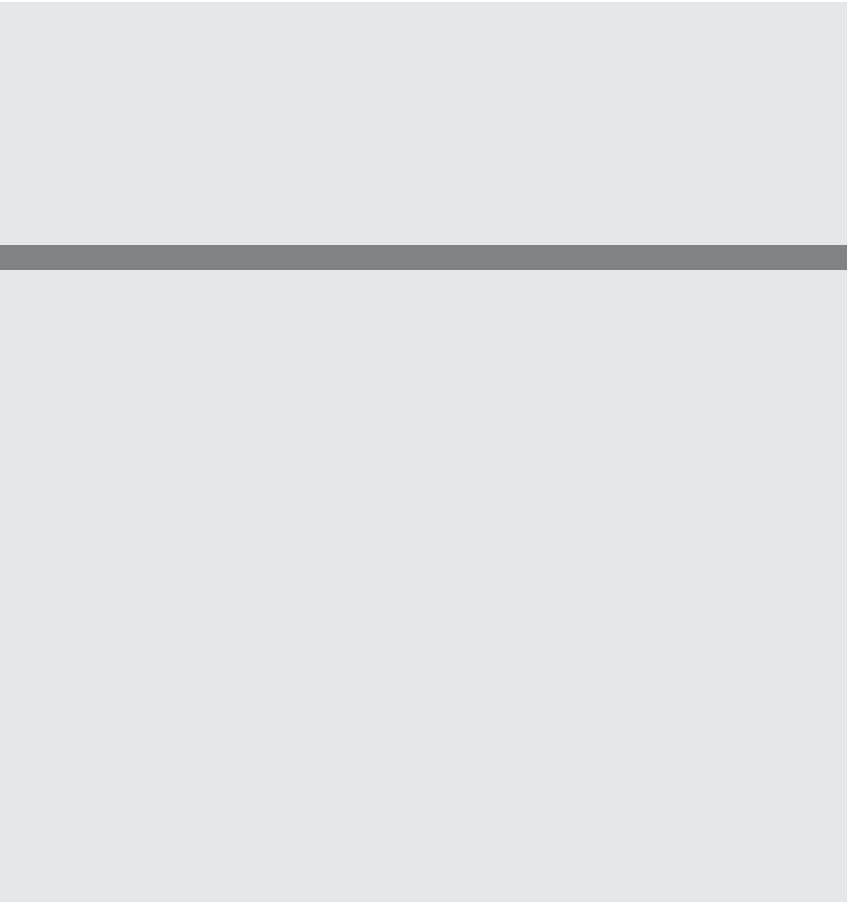HTML and CSS Reference
In-Depth Information
EXAMPLE
12.4 (
CONTINUED
)
12
<a href="JavaScript:next_image()">
View next baby<br />
</a>
13
<a href="JavaScript:previous_image()">
View previous baby<br />
</a>
</div>
</body>
</html>
EXPLANATION
1
The array
myImages
consisting of four images is created by the
Array()
constructor.
2
The index value for the array is assigned to a variable called
index_val
.
3
A function called
next_image()
is defined. When called, the function will cause
the next image in the array to be displayed.
4
By increasing the value of the index, the next image in the array will be accessed.
5
As long as the end of the array hasn't been reached, the block will be entered and
the new image displayed.
6
The name of the image,
babypic
, is used as an index into the
images[]
array to refer-
ence the default image by name. By assigning a new image (from the
myImages
ar-
ray) to the image's
src
property, the current image will be replaced by the new image.
7
If the end of the array has been reached, the statements within the
else
block will
be executed, resetting the array index back to the beginning, index 0.
8
A function called
previous_image()
is defined. When called, it will go backward in
the array and cause the previous image to be displayed.
9
If the index value is still
≥
0, we are still within the boundaries of the array.
10
If by subtracting one from the index value, we have ended up with a value of -1,
we are out of the bounds of the array, and will set the index value back to the size
of the array, its length -1.
11
This is the initial image displayed on the screen before the user initiates an action.
12
When this link is clicked, the JavaScript function called
next_image()
is invoked.
13
When this link is clicked, the JavaScript function called
previous_image()
is invoked.
See Figure 12.11.



